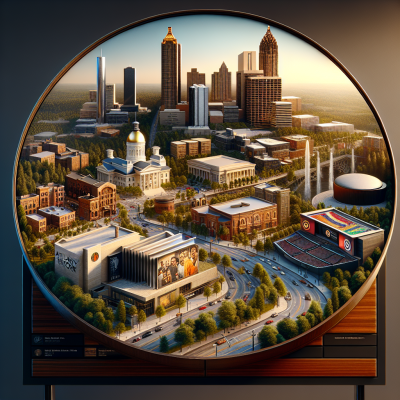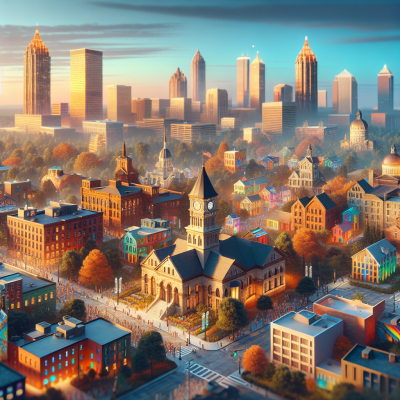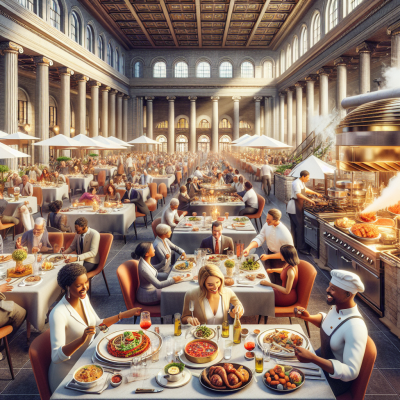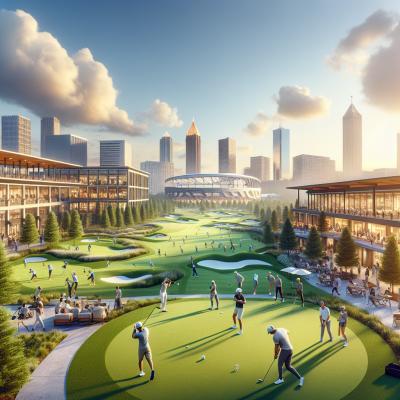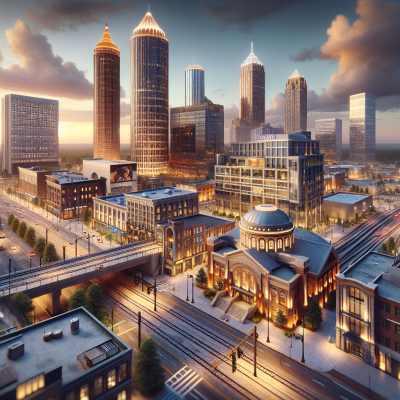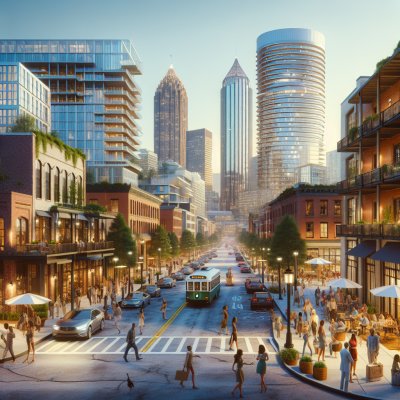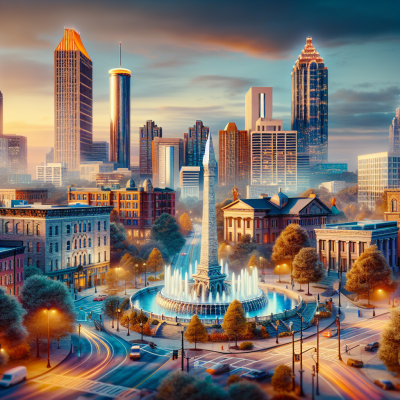
Neighborhoods and Their Histories
Midtown and Downtown Evolution
Midtown and Downtown Atlanta are vibrant districts well-known for their unique blend of historical significance and modern development. This area has seen significant changes, weaving through Atlanta's complex tapestry of economic growth, urban planning, and cultural shifts.
Midtown, the city's heart, began as a residential suburb in the late 19th century. As Atlanta blossomed post-Civil War, Midtown transformed with its grid of streets filled with Victorian homes, reflecting the era's architectural trends. By the 1920s, the district was characterized by a wave of development as skyscrapers began to define Atlanta's skyline. Yet, the Great Depression and World War II brought stagnation, stalling this rapid urban expansion.
Come the 1960s and 70s, Midtown, like much of urban America, faced challenges as suburbs grew in appeal. However, community activism took root, with neighborhood associations striving to preserve the area’s historic identity. In the late 20th century, Midtown experienced a renaissance, fueled by a renewed interest in urban living and significant investment in infrastructure and cultural institutions—the High Museum of Art being a prime example. Today, Midtown thrives as a lively center for arts, commerce, and education, with iconic landmarks like the Fox Theatre and a diverse array of dining and entertainment options.
Downtown Atlanta, historically the city's commercial powerhouse, traces its roots back to the 1830s. The development of the railroad marked the beginning of its central role in commerce and transportation, bolstered by reconstruction efforts following the Civil War. By the early 20th century, Downtown was the bustling core of Atlanta's business and government operations. Iconic structures such as the Georgia State Capitol and Terminal Station epitomized its stature.
The mid-20th century brought challenges akin to those faced by Midtown, with urban flight and economic shifts. However, civic initiatives helped spark revitalization, marked by the development of infrastructure like MARTA in the 1970s and efforts to host events like the 1996 Olympics. Today, Downtown is not only a hub for business but also for tourism, with attractions such as the Georgia Aquarium and World of Coca-Cola drawing millions.
Historic Inman Park
Inman Park was established as Atlanta's first planned suburb in the 1890s, showcasing the artistic charm and affluent aspirations of its developers. Joel Hurt, a visionary entrepreneur, meticulously crafted the neighborhood with winding streets and grand Victorian homes, seven miles from Atlanta's core, intended as a retreat for the city’s elite.
Inman Park’s allure waned by the mid-20th century, as suburban sprawl lured residents to newer developments. Yet, like many historic districts, it experienced a resurgence. The 1970s saw efforts to restore its architectural grandeur, initiated by passionate residents who recognized its cultural and historical importance. This period of revitalization helped establish Inman Park as a cherished historical gem.
Today, Inman Park stands as an urban oasis within the city’s sprawl, known for its eclectic charm, historic homes, and the vibrant Inman Park Festival. The neighborhood serves as a reminder of Atlanta's rich past, offering a picturesque glimpse into its architectural and cultural history. In addition, the introduction of the Atlanta BeltLine has further revitalized the area, connecting it to the broader urban landscape and fostering community growth.
The Transformation of Buckhead
Buckhead has evolved from a rural community to one of Atlanta's most affluent and dynamic districts. It began in the 1830s as a small rural area, named whimsically after a story involving a hunter's display of a deer head at a local tavern. Its transformation over the decades into a lucrative part of Atlanta is a story of development driven largely by real estate ingenuity.
By the early 20th century, Buckhead had begun its transformation into a notable residential area, attractive to Atlanta's upper class. The 1950s and 60s saw explosive growth, spurred by commercial developments and the construction of significant roadways like Peachtree Road. The area quickly became synonymous with wealth, lined with luxurious estates, upscale shopping centers, and sophisticated dining options.
The latter half of the 20th century saw ongoing development, with the construction of high-rise office buildings and condominiums reshaping Buckhead’s skyline, extending Atlanta's urban environment considerably. Peachtree Street became a hallmark of fine dining and nightlife, attracting visitors whose economic contributions further spurred growth.
In recent years, Buckhead has confronted challenges from traffic congestion and debates over its cultural identity and direction, sparking discussions about sustainable growth and preservation. Nonetheless, Buckhead continues to embody Atlanta's ambitions, reflecting a dynamic history marked by transformation and adaptation.



